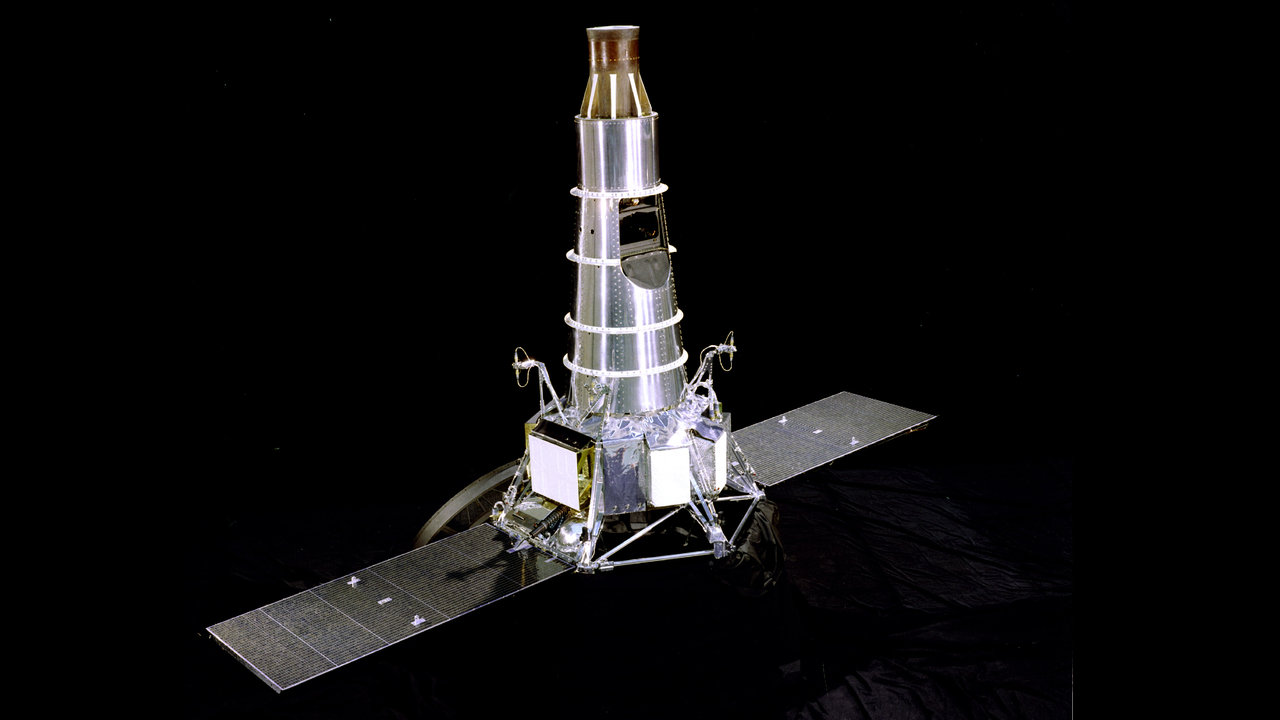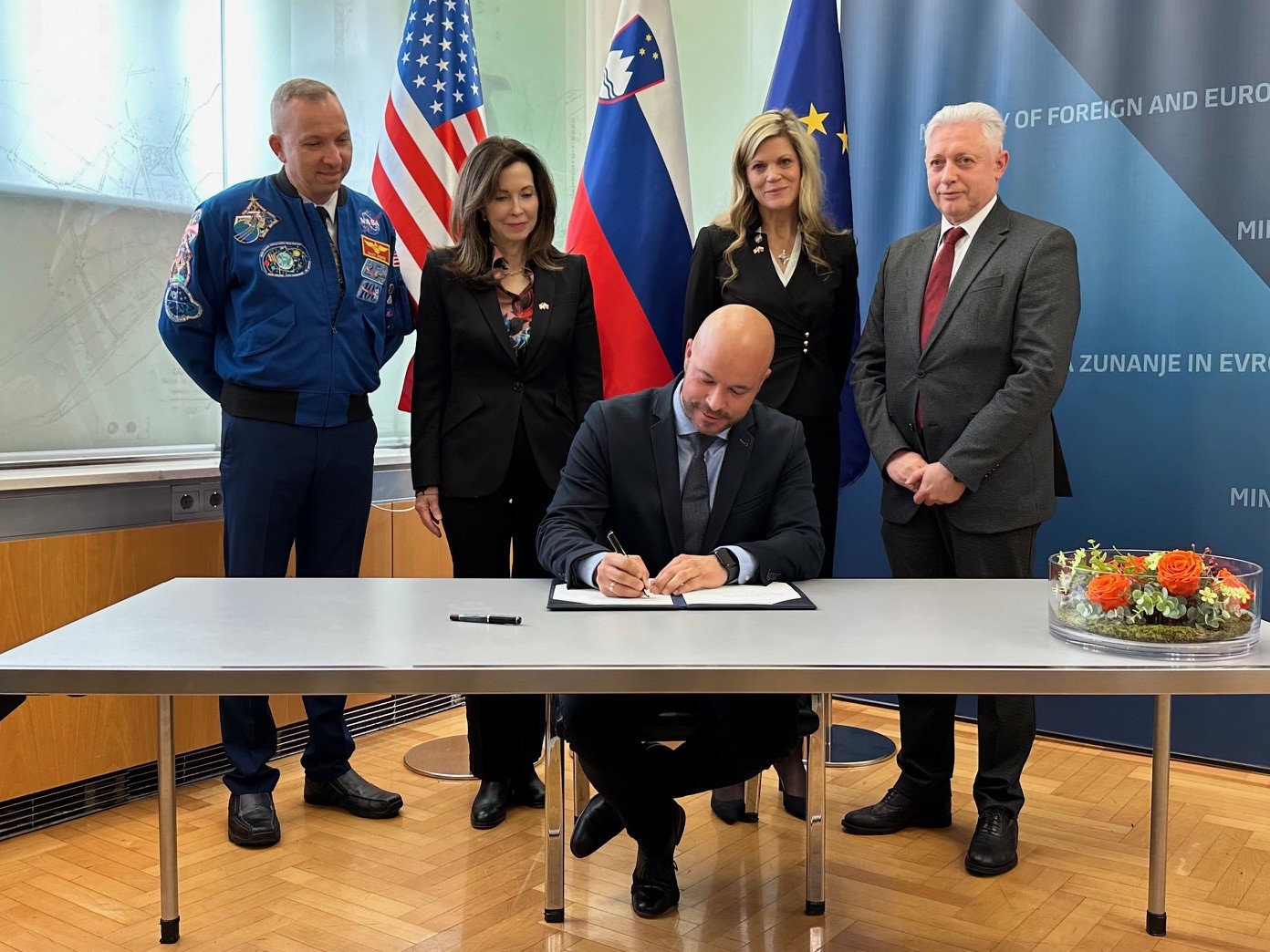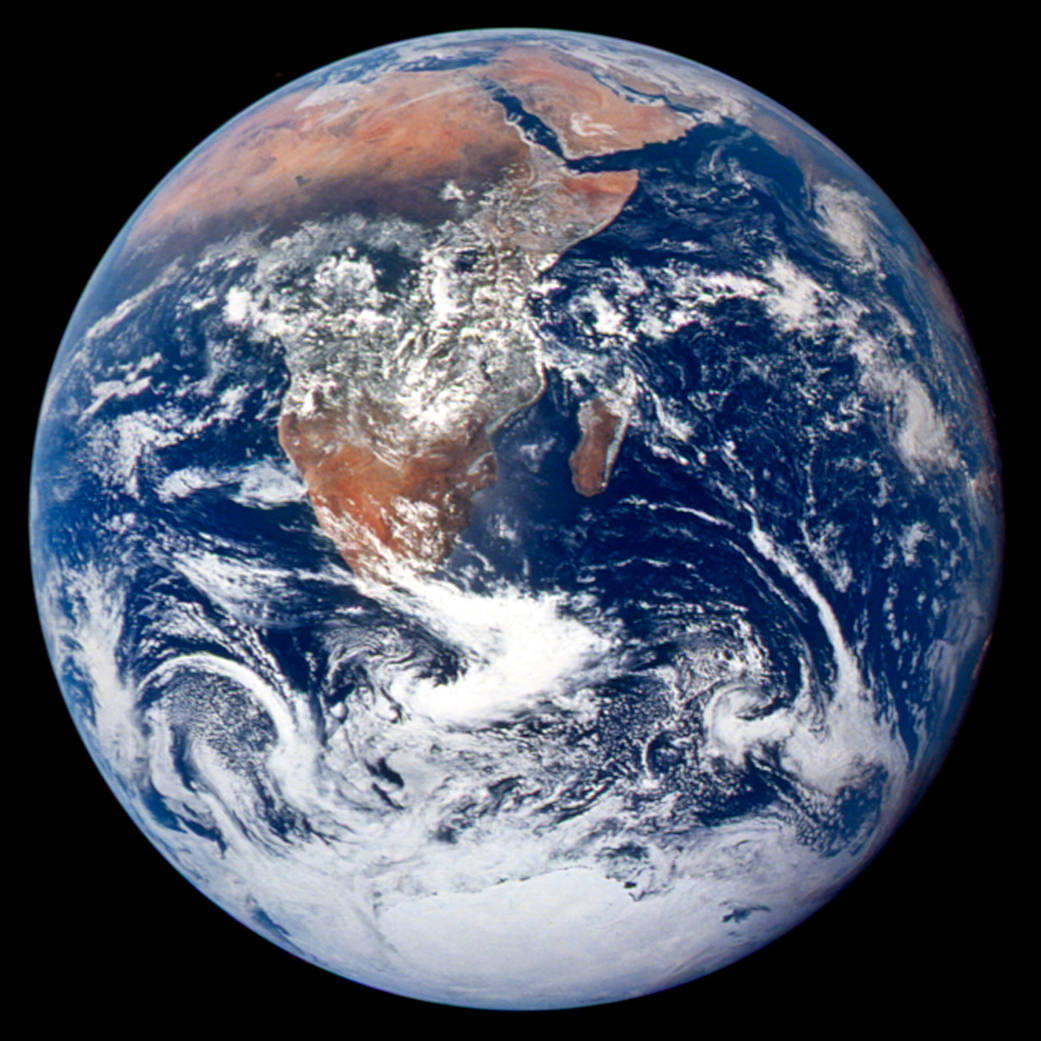Ranger 9
Type
Launch
Target
Objective
NASA's Ranger 9 was the last in a series of spacecraft launched in the 1960s to explore the Moon. It was designed to take images as it descended to the lunar surface for impact. Unlike its predecessors, Ranger 9 pointed its cameras in the direction it was heading and captured stunning photographs of the Moon's surface.

What was Ranger 9?
NASA's Ranger 9 was the last in a series of spacecraft launched in the 1960s to explore the Moon. It was designed to take images as it descended to the lunar surface for impact.
- Unlike its predecessors, Ranger 9 pointed its cameras in the direction it was heading and captured stunning photographs of the Moon's surface.
Nation | United States of America (USA) |
Objective(s) | Lunar Impact |
Spacecraft | Ranger-D |
Spacecraft Mass | 809 pounds (366.87 kilograms) |
Mission Design and Management | NASA / JPL |
Launch Vehicle | Atlas Agena B (Atlas Agena B no. 14 / Atlas D no. 204 / Agena B no. 6007) |
Launch Date and Time | March 21, 1965 / 21:37:02 UT |
Launch Site | Cape Canaveral, Fla. / Launch Complex 12 |
Scientific Instruments | 1. Imaging System (Six TV Cameras) |
Key Dates
March 21, 1965: Launch
March 24, 1965: Spacecraft crashed on Moon
In Depth: Ranger 9
NASA's Ranger 9 was the final Ranger mission of the Block 3 series and closed out the program as a whole.
Since both Ranger 7 and Ranger 8 had provided sufficient photographs of the mare regions (potential landing sites for the early Apollo missions), Ranger 9 was targeted to the more geologically interesting Alphonsus crater in the lunar highlands, a possible site for recent volcanic activity.
Following a course correction on March 23, 1965, the spacecraft headed directly to its impact point. Only 20 minutes prior to impact, Ranger 9 began taking the first of 5,814 pictures from an altitude of 1,300 miles (2,100 kilometers).
Unlike its predecessors, the cameras this time were aimed in the direction of travel and provided some spectacular shots as the spacecraft approached the lunar surface. These pictures were converted for live viewing on commercial TV. The best resolution was about 10 to 12 inches (25 to 30 centimeters) just prior to impact.
The spacecraft crashed onto the Moon at 14:08:20 UT March 24, 1965, at 12.83 degrees south latitude and 357.63 degrees east longitude, about 4 miles (6.5 kilometers) from its scheduled target at a velocity of about 1.7 miles per second (2.67 kilometers per second).
Key Source
Siddiqi, Asif A. Beyond Earth: A Chronicle of Deep Space Exploration, 1958-2016. NASA History Program Office, 2018.








